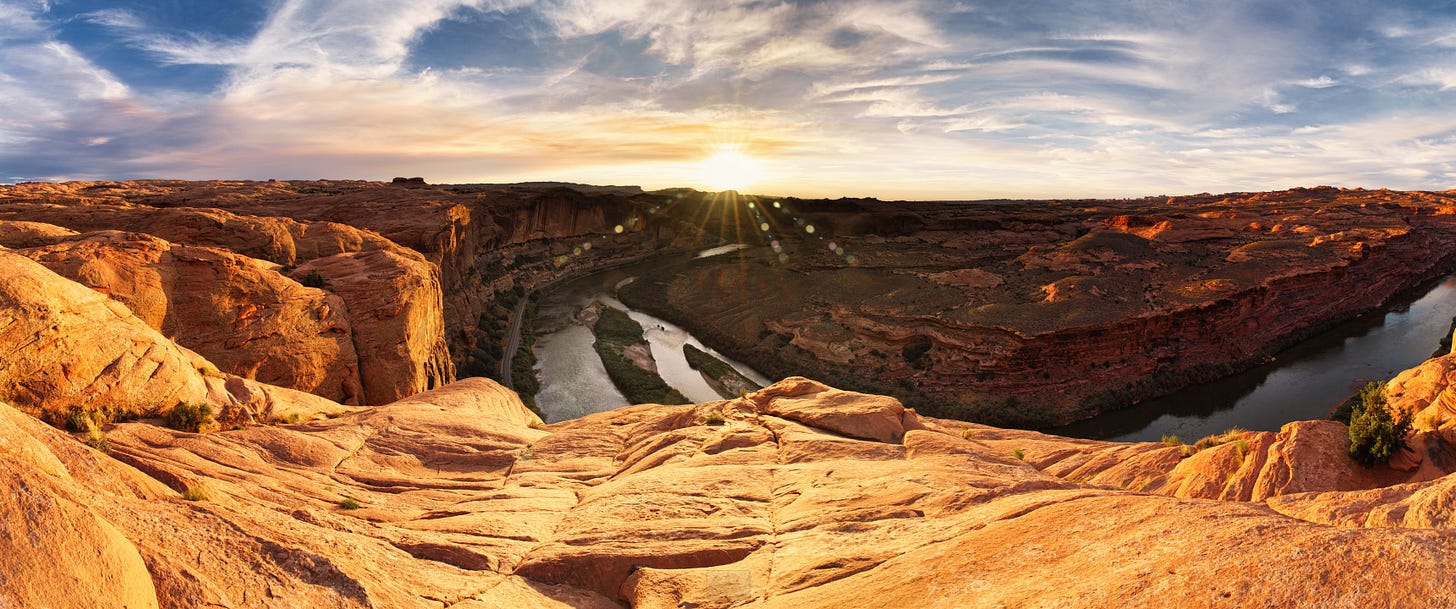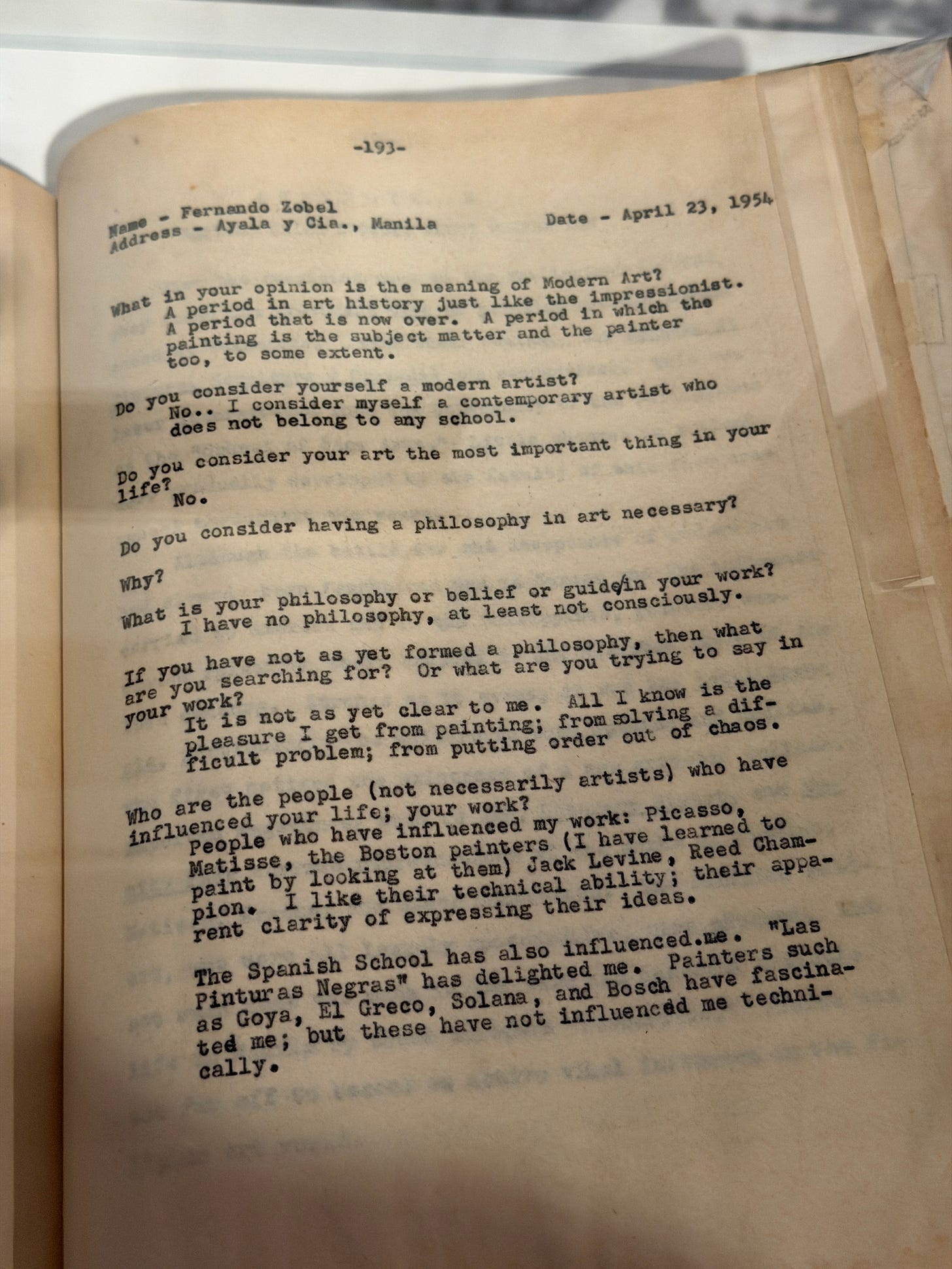Panorama?
Panoram-huh?
I do a horrid job of advertising this online, but I’m not actually a landscape, wildlife, astrophotographer, or any of that. My preferred flavor of photography has always been rooted in panoramas.
A quick history lesson:
The panorama is an art style that’s gone extinct and been resurrected several times over, with its origins stemming from over 2,000 years ago. First employed as frescoes in the villa walls of Pompeii and hand scrolls in ancient China, these paintings stretched across their various mediums to depict large, expansive landscapes. At around the same time frame, indigenous Mesoamericans also made use of pictorial writings, known as Mixtec codices, to write long, horizontal messages in a panoramic fashion.
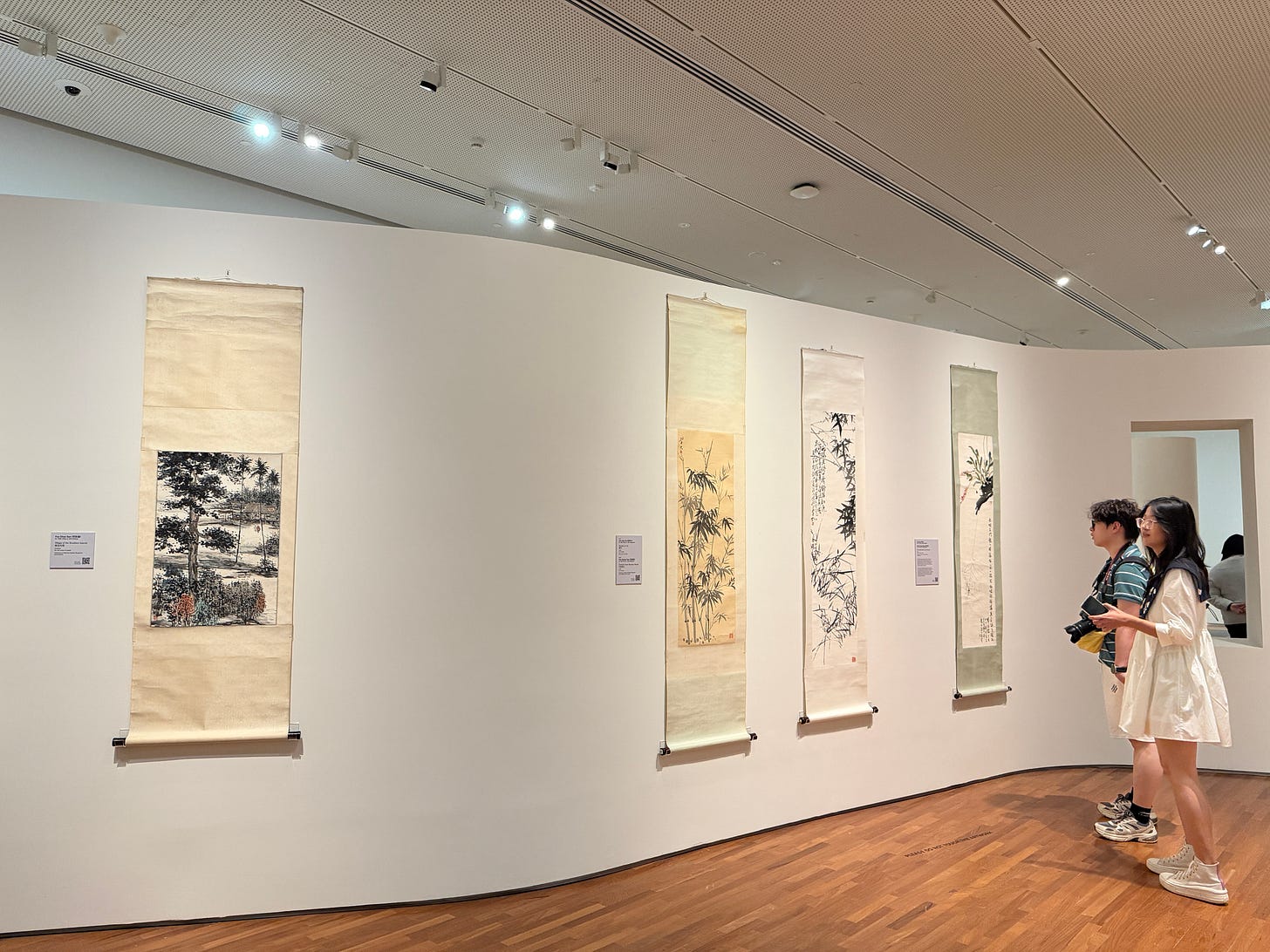
The style eventually lost popularity, before being revived again in the 16th century by the Ottomans, Persians, and Mughals, who painted history in the form of battlefields and scenes of daily life in the cities. Its next reappearance was in the 18th century, when Robert Barker coined the term “panorama” as a portmanteau of the Greek words ‘Pano,’ meaning ‘all,’ and ‘Horama,’ meaning ‘view.’ The art form then took a life of its own, serving as a massive stepping stone to the modern world of projection, photography, and cinema as we know it today.
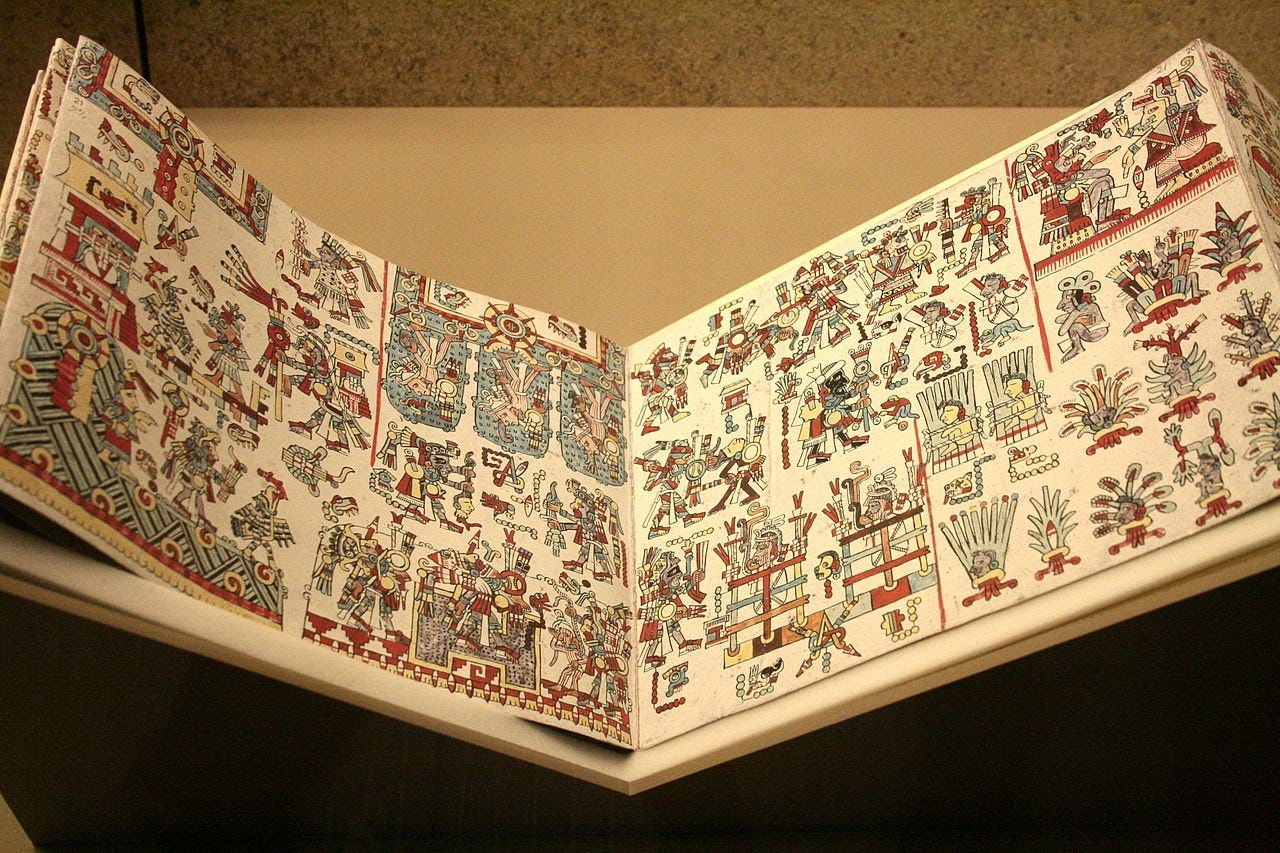
The art form did, once again, lose popularity after the transition away from the “moving picture” to the more traditional 4x5 or 8x10 camera, and subsequently the 35mm film camera. Though, yet again, the art form has prevailed and come back as our TV’s, cinemas, and phones stretched their displays, lending its format for the broadcast of ultra wide aspect ratios.
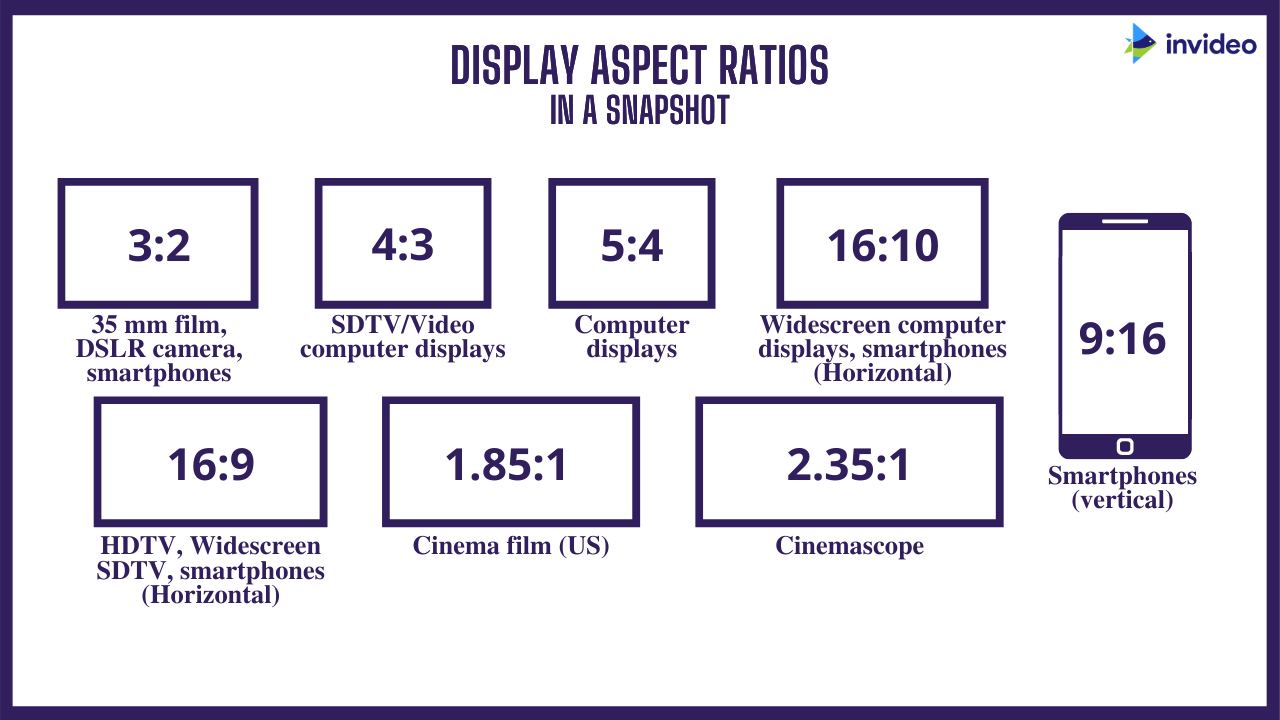
Why The Panorama?
Despite the influence of cinema, my upbringing as a Singaporean millennial meant that my first exposure to the panorama was the hand scroll. After all, ultra-wide aspect ratios in film didn’t really come about until the last decade or so, while my childhood was a much longer time ago (oh god). In school, we learned of the hand scroll through art and history classes. At home, hand scrolls were commonplace items that appeared on screen through the various Asian period dramas and anime. Outside, well - Singapore is in Asia, so obviously the overall cultural influences were region-wide.
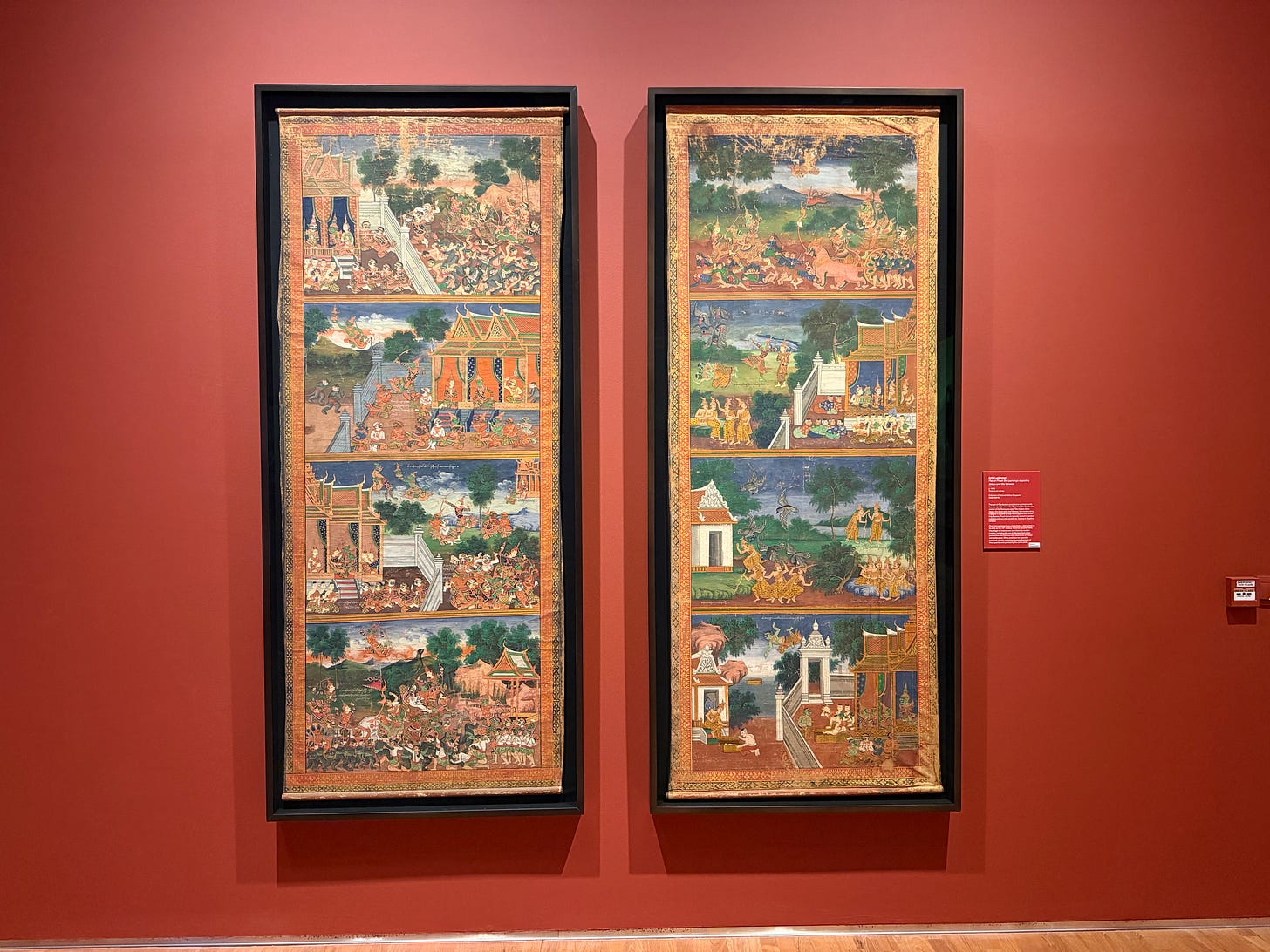
It’s incredibly difficult to convey the experience of our world - what its really like when you’re standing atop a mountain, dune, or cliff’s edge. When it’s just you, the elements, the ground under your feet, wind in your hair, dirt under your nails. Our eyes are capable of viewing things with a near 180 degree field of view at incredible resolution, yet the images coming out of our phones and cameras lack the ability to come anywhere close to that. In many aspects, cameras still fall far behind our eyes, but its why camera trickery like stitching images comes into handy. More than any kind of photo, painting, or other visual art, the panorama transports you into that slice of world - as the creator experienced it.
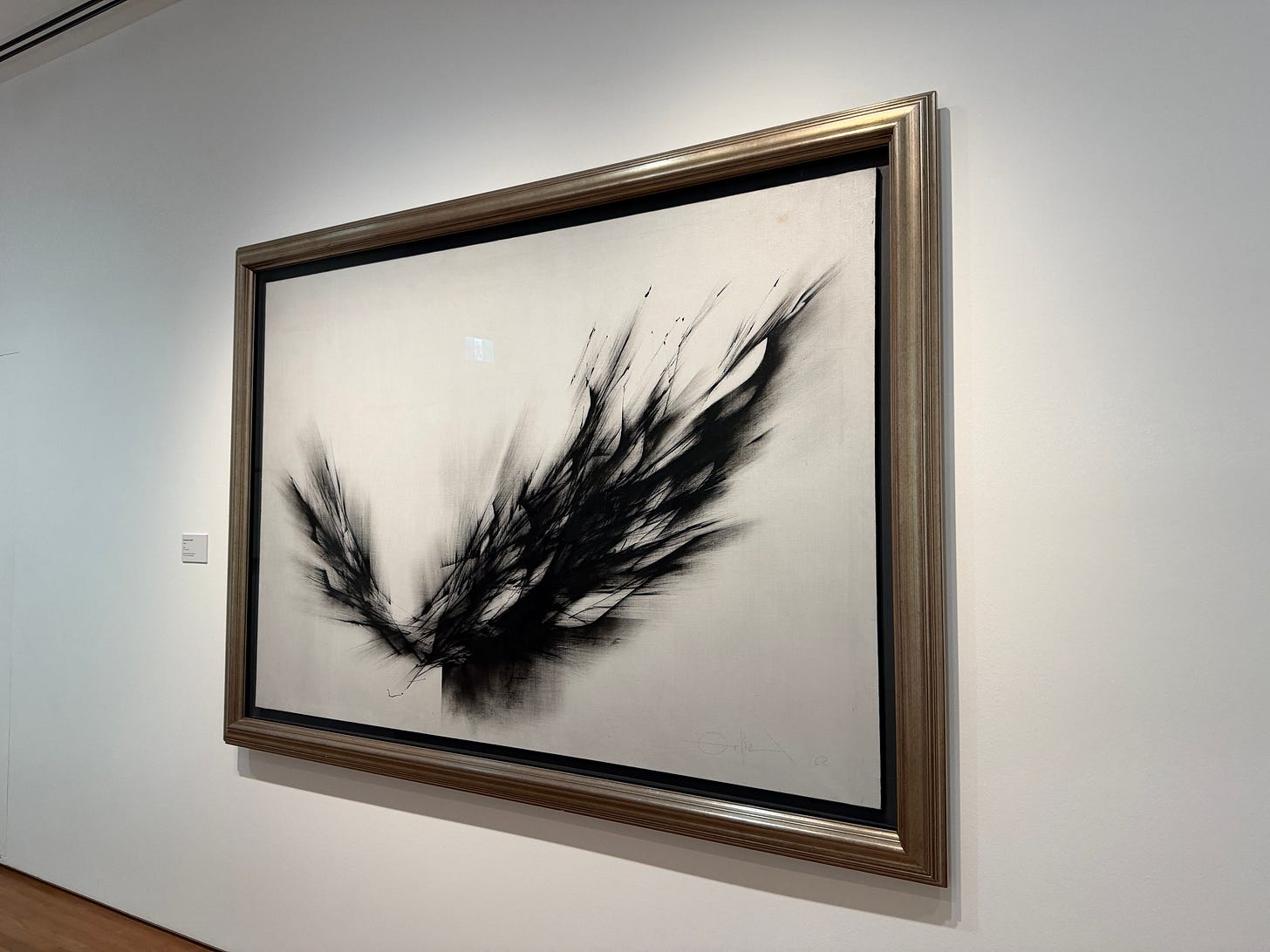
This past summer, I was fortunate enough to pay a visit to Singapore’s National Gallery - a combination of the nation’s former Supreme Court and City Hall, converted to an unbelievable neoclassical museum. The incredible structure houses 5 floors of stunning exhibits on display, and as luck would have it, a seemingly unofficial theme of panoramas. The three main ones we visited discussed the works of Fernando Zobel, South East Asian art from the 19th century and earlier, and hand scroll paintings from various centuries, countries, and artists.

So - hand scroll paintings and panoramas, and China’s influence over South East Asia is one that spans thousands of years, so hand scrolls and wide formats were not too foreign a concept to South East Asian artists. But Fernando Zobel? Well, he’s not as far removed from the conversation as one might imagine.
He’s an interesting character - son of the last generation of Spanish colonizers sent to the Philippines, but born in Manila. Initially trained to be a doctor, but upon being bedridden in an injury, took up drawing and painting, pursuing education in that instead. The exhibit was detailed - showing many excerpts from his notebooks that revealed thousands of sketches, paintings, and writings, prying deep into Zobel’s mind.
Wide, Yes.
OK - back to the panorama. I know I’ve been talking a lot about art and history, but it kind of comes back down to this: a broad, global perspective.
Fernando Zobel was born from Spanish-German parents, raised in the Philippines, studied in the US, and traveled all over Europe and Asia in his pursuit of the arts. As he studied under each different mentor, culture, and part of the world, he adopted and blended the art styles of each region with his own, creating an extremely varied body of work.
So what I’m really saying is, do whatever you want (within legal and ethical reason, obviously). A hundred or more years later, people might be looking at a gallery of your work. After all, I didn’t start making panoramas because I had any sort of in depth theory or knowledge of art history.
I simply wanted to take a picture that really needed an ultra wide lens, but only had a 50mm lens on me at the time. So I took a bunch of pictures and slapped them together to “fake” having a wide angle lens. Still working on getting people to look at a gallery of my work, however. Maybe we’ll get there some day haha.



